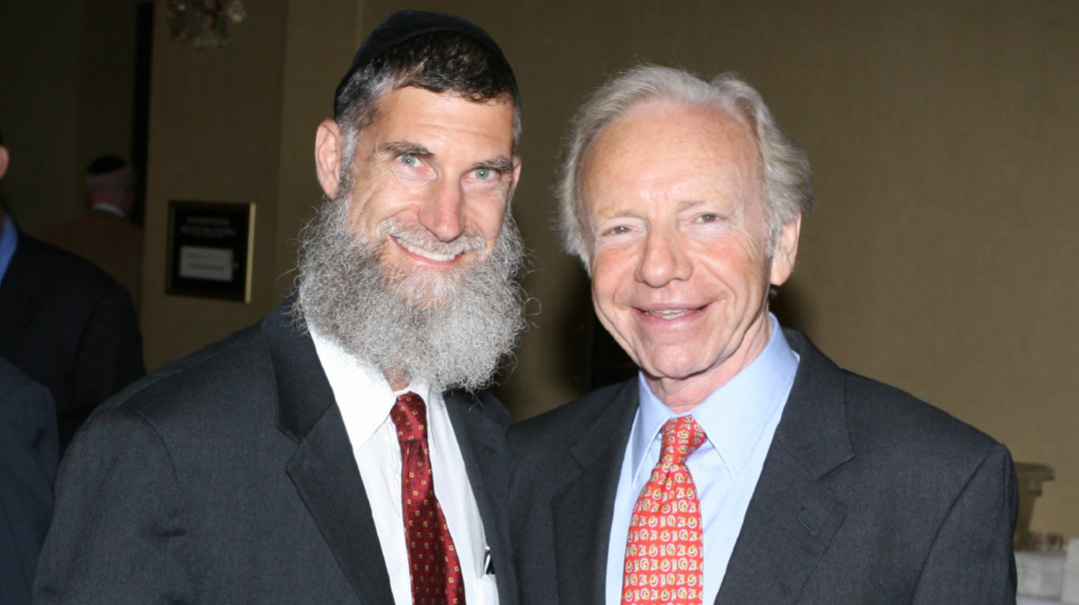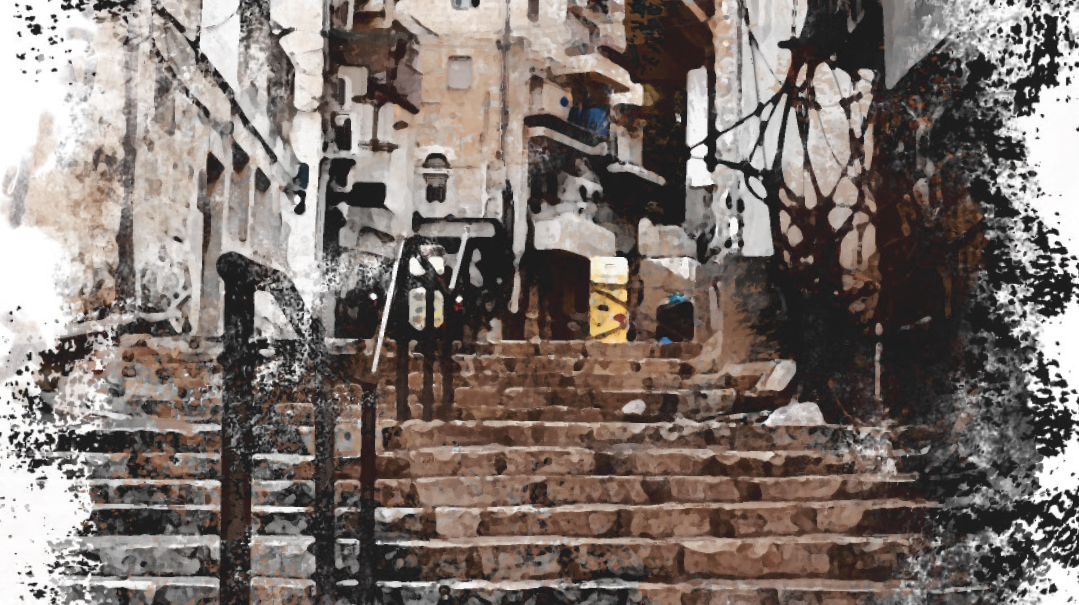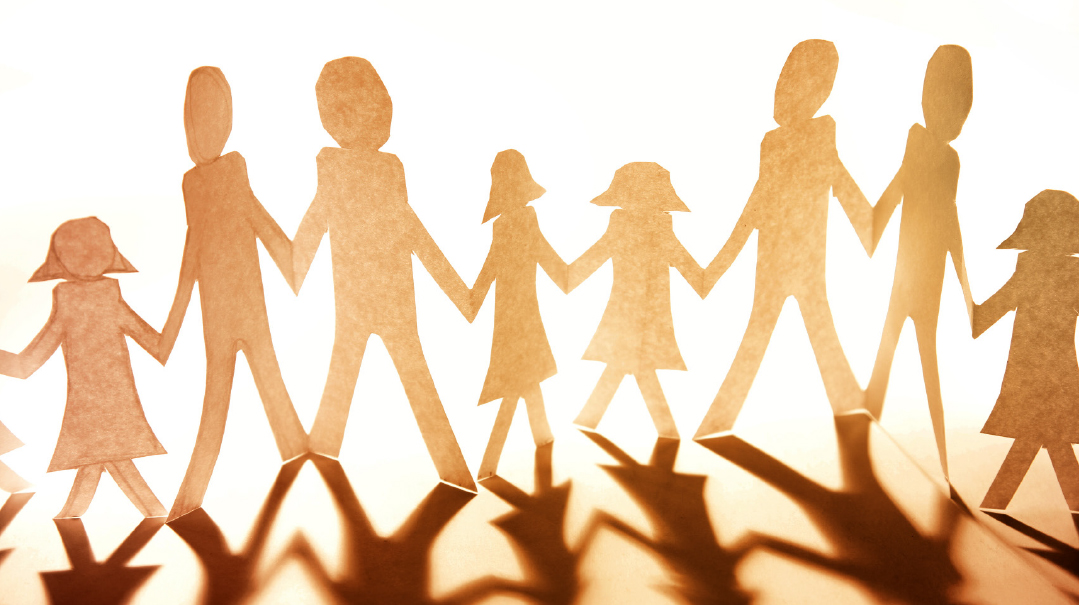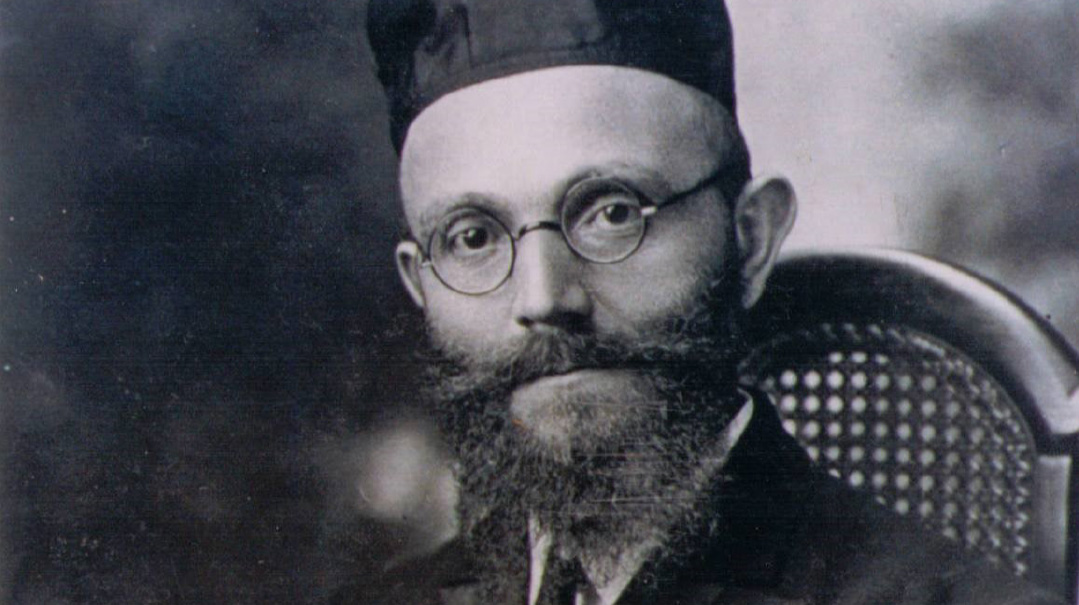Of Soil and Souls
| September 9, 2020There was nothing that could have truly prepared anyone for what was to come

Living in a large city in the Tristate area, with my husband a member of the chevra kaddisha, I’m used to the phone ringing at all hours. My husband is the one who actually does this chesed shel emes, while I stay in the background, but I’m there to take over when he needs to drop everything and run to help a niftar and his family, and I’m there afterward to help him process what he’s been through while taking part in this holy and often heartrending work.
Generally, there are intense periods alternating with quieter ones; weeks when he’s busy with levayos every day — on many occasions working through the night — and blessedly calmer ones.
It’s hard to remember exactly when talk of a bug in China morphed into a serious issue that warranted further investigation. But by mid-March, the local chevra kaddisha realized it was time to investigate what effects, if any, coronavirus might play in the days and weeks to come. I vividly remember a particular evening, one week after Purim, when my husband sat in his study and took part in several conference calls. He spent hours on the line with chevra kaddishas from other cities as well as local and regional government agencies. The very first cases had been confirmed, information was slowly trickling in, and the trepidation was building. “Worst-case scenarios, drastic measures…” The snippets I heard from his end of the conversation were frightening.
But the virus hadn’t caused any deaths yet, and everyone was hopeful that it would fade away much as it had appeared. My husband and his fellow chevra members received emails notifying them of new protocols that would be instituted should there be, lo aleinu, any COVID-19 deaths, and assuring them that developments would be communicated in a time-sensitive fashion.
I stood at the sidelines, listening, worrying, davening, and watching as the devoted members of the chevra kaddisha took charge and prepared for the worst. But there was nothing that could have truly prepared anyone for what was to come.
I will never forget that first week. Almost everyone knew someone who had fallen ill with symptoms of the virus. There were reports of hospitalizations and Hatzolah being overwhelmed with the volume of calls. Then came the first Shabbos in quarantine. We all tried to be b’simchah and find refuge in the serenity of Shabbos. Then Maariv ended on Motzaei Shabbos and the phones began to ring. One call, another, then another. I felt weak at the knees as I watched the color drain from my husband’s face. Beads of sweat began to form on his brow, and his eyes were flecked with fear.
Still, his voice remained strong and unwavering as he answered each call with, “Baruch Dayan HaEmes, can you please hold?” “Baruch Dayan HaEmes, can you please hold?” again and again. The cell phones were ringing, the house phones were ringing. Chevra kaddisha members began to listen, explain, direct, coordinate, organize, and comfort all at once. Niftarim needed to be picked up from hospitals and private homes. Taharos and levayos had to be planned. Family members needed education, direction, and a shoulder to cry on. Everyone was in shock, still processing the idea that there was a mageifah raging. My eyes still sting when I recall how I stared at the Havdalah candle that I lit for him at 1 a.m. on that Motzaei Shabbos, the night when the words a gutte voch took on a whole new meaning.
The next few weeks were brutal. There was no night and no day. The calls came in at all hours. Chevra members took turns as their duties spanned the greater part of every 24 hours. Their eyes were bloodshot, their faces a pale gray. The entrance to my house was perpetually covered with a thin layer of the soil that would shed from the bottom of my husband’s shoes. With no cleaning help and so many other household chores to tend to Erev Pesach I resolved to leave it there. It’s holy dirt, I rationalized. I looked at it as a symbol of our mortality. Each time he came home, I begged, Please, Hashem, let this be the last kevurah.
The myriad challenges involved in this crisis were unprecedented. Quarantine and social-distancing regulations transformed the protocol for kavod acharon. Families had to come to terms with a levayah for their loved one, with only ten people attending. The maelstrom of emotions was confusing at best and so painful at worst.
“Thank you so much for your help, your dedication is unbelievable!” we heard from some people.
“A levayah without even all of the family?! What do you mean?” others fumed.
There were several families who just would not accept a Zoom levayah in place of the hundreds of participants that would have attended in normal times. There were others who would not limit the number of maspidim despite the hour and the number of levayos that still needed to take place that day. On one occasion the chevra kaddisha arranged 13 levayos in 24 hours! It was a race against the clock, but how do you hurry along a family saying their final goodbye? My husband, along with all the chevra members, struggled to give comfort and be sensitive to each situation, but the pain the families were experiencing was indescribable. Add a mask to hide the empathy on your face and there goes any chance at preserving the humanity in all of it.
And then it finally happened — one night the hotline did not ring. The next morning my children were surprised and so very pleased to see my husband at home, davening beside them in our dining room without his phone at his ear. Sadly, they’d grown accustomed to waking up to the sound of him coordinating a levayah, or to saying birchos hashachar for him after yet another all-nighter. Over the flurry of breakfast and setting the kids up on their phone conferences, I overheard my husband speaking to member after member of the chevra kaddisha celebrating the quiet night. Next came a full 24 hours in which the malach hamaves didn’t strike. None of these milestones were taken for granted, but no one was breathing easy yet. The ensuing weeks were busier than pre-COVID days, but still significantly quieter than when it first hit.
And now, several months in, people want to know: Is anyone still dying from the virus? The answer, sadly, is yes. Our focus may have shifted from COVID-19 updates to opening the schools, but there is still an undercurrent of coronavirus-related deaths. As much as we wish it weren’t so, the dreaded virus is still taking korbanos from our midst.
But an undercurrent is just that; something that can easily go unnoticed unless someone points it out to you, or it directly affects you in some way. In addition to the local decrease in viral load, interest in the virus has dwindled as well. When the topic of coronavirus comes up, people try to push it aside. When someone walks into a public place donning a mask, they’re often challenged by others in the room, even scorned. “Coronavirus is over,” seems to be the new refrain.
But even if the worst is behind us, we can’t afford to forget. Imagine having gone through so much death and sickness, only to go back to our pre-coronavirus world. There are still a host of mask-wearers in public places, but for most of us, unless we look for them, reminders of the virus are fading fast. I, for one, am in no rush to rid my home of these reminders, nor am I looking to dispose of the mud-covered shoes that supported my husband’s weary feet through endless days and nights digging graves. In fact, I’ve tucked them neatly onto a shelf in the garage, in plain sight, and hope to keep them there until Mashiach comes. While I wholeheartedly join the rest of the world at large and Klal Yisrael in particular in hoping that the worst of COVID-19 is behind us, I want to leave these remembrances where I can and will see them often.
The losses are immeasurable and the lessons are infinite; let us not bury them with the korbanos.
(Originally featured in Mishpacha, Issue 827)
Oops! We could not locate your form.







Comments (1)